For any surfer, beginner or advanced, knowing how to read the ocean and interpret the behavior of waves and currents is the most important thing since it will improve your surfing our performance and make our sessions safer.
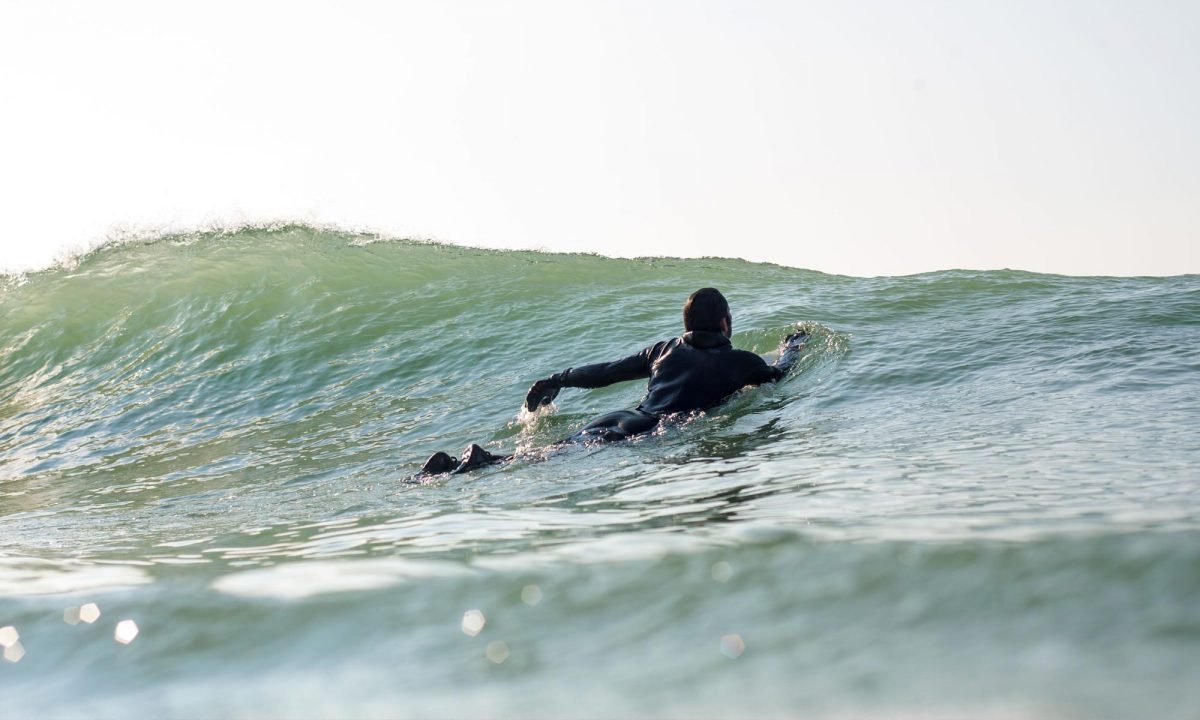
Especially when we are learning, we’re a bit lost at sea, so now I’m going to explain some guidelines and advantages for learning to read the ocean.
We surfers know that a wave is coming, because we can see a ripple rising on the horizon, and as that ripple approaches the shore to a less deep area is when it begins to rise until it breaks and this can be of different types.
Left waves
From our perspective in the sea and looking at the shore, we go surfing to the left
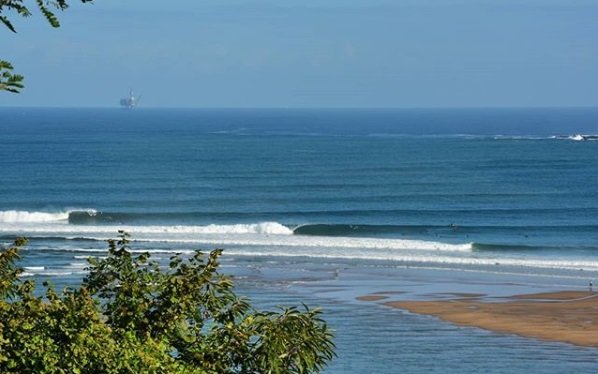
Right waves
They would be the opposite, that is, we would surf it to the right, always looking to the shore and the wave behind us.
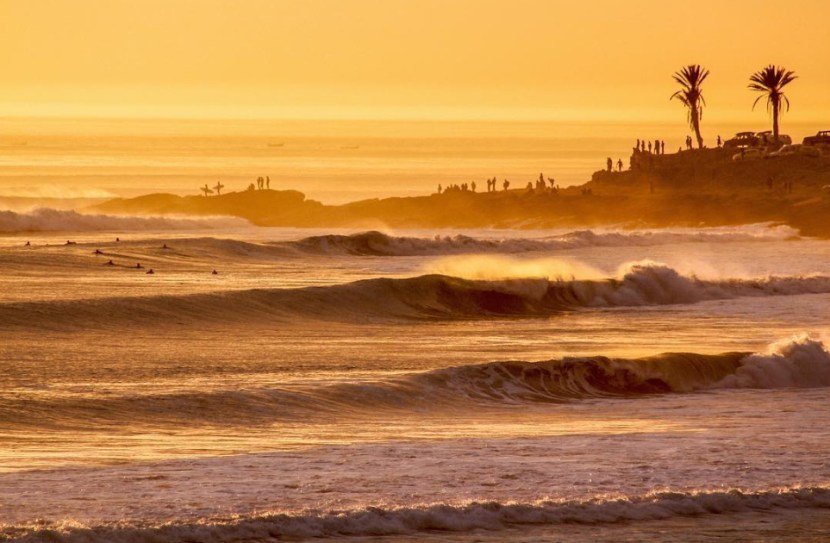
A-frames waves
Peak waves or also called A-shaped waves that break into two arms on the left and right, so two people could surf the same wave, but in different directions.
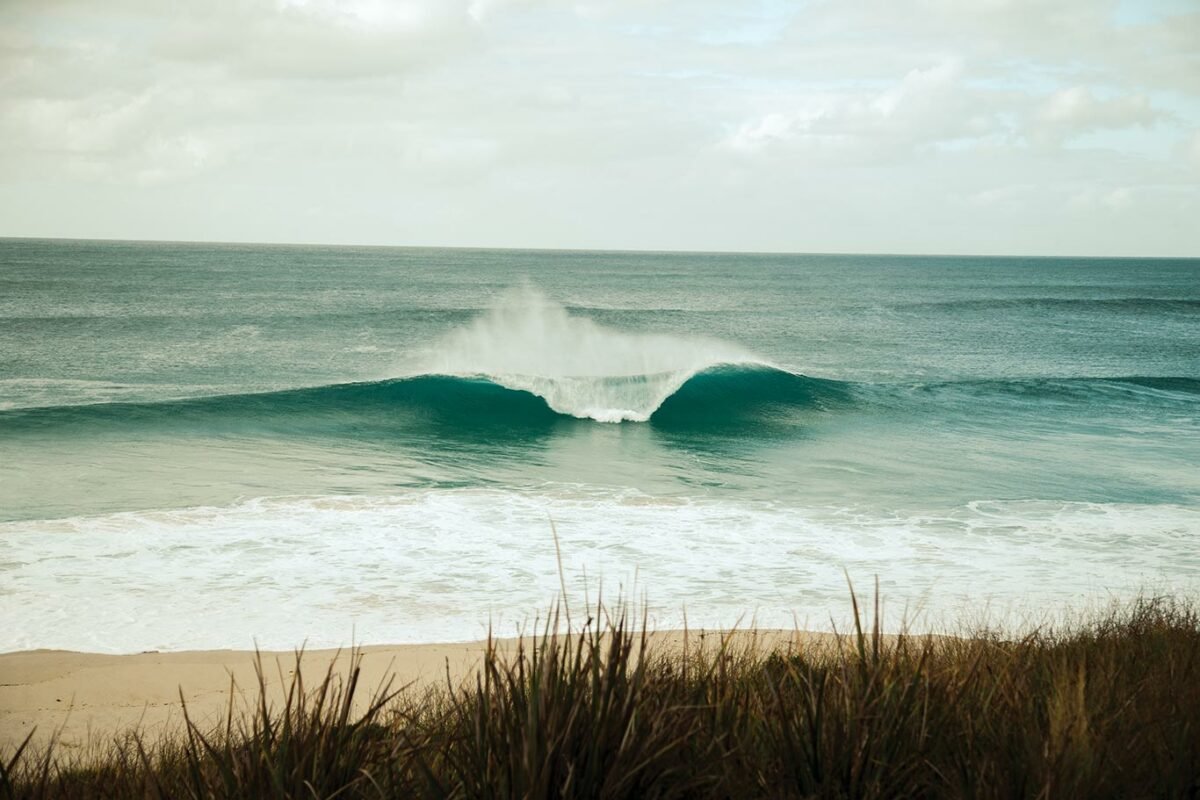
Closeout waves
Waves that do not open left or right, but break completely. These types of waves should be avoided since they close completely and we cannot surf anywhere.
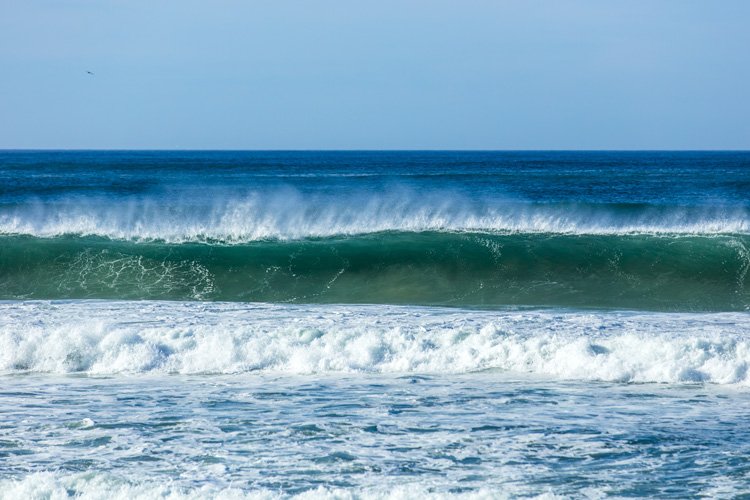
Paddle towards the peak, turn around and paddle again
It’s very important to paddle out and get close to the part where the wave rises and position yourself a few meters inward, which is the area of the peak where the waves normally begin to break. Always sit facing the sea and wait until the waves begin to arrive.
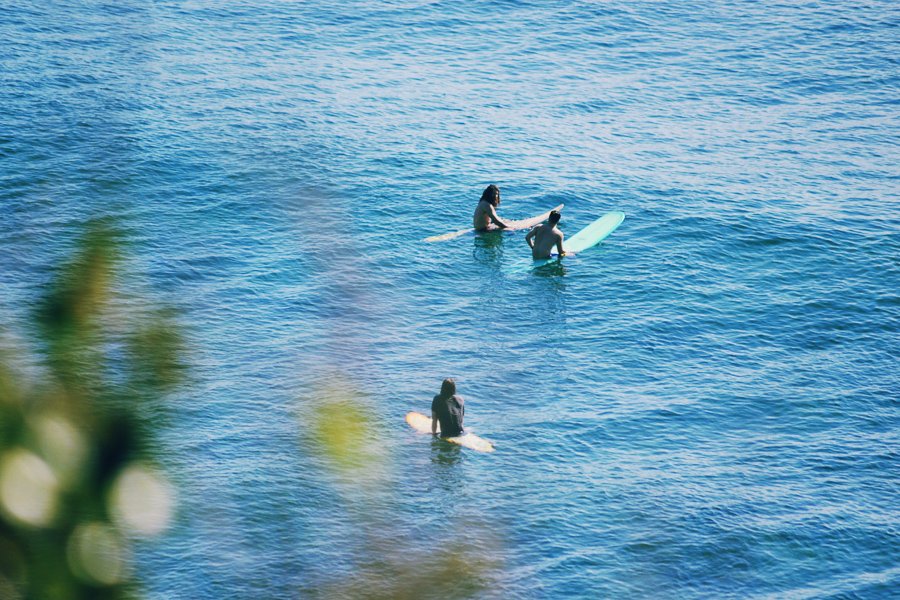
When you see a wave coming, you need to turn around on your board, position yourself perpendicular to the wave, and start paddling, adjusting the speed of the wave so that it begins to push you forward and you can stand up. Before you start paddling out for a wave, it’s very important to communicate with other surfers who are about to catch the same wave to avoid accidents.
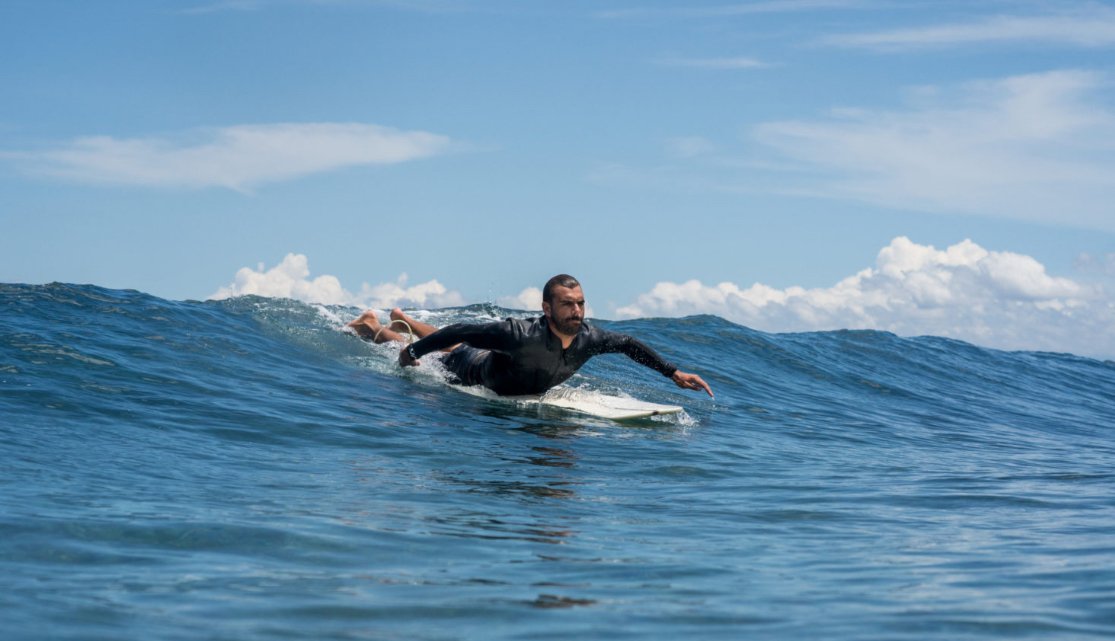
And always remember that respect is earned, so treat others as you would like to be treated and always be kind wherever you go.